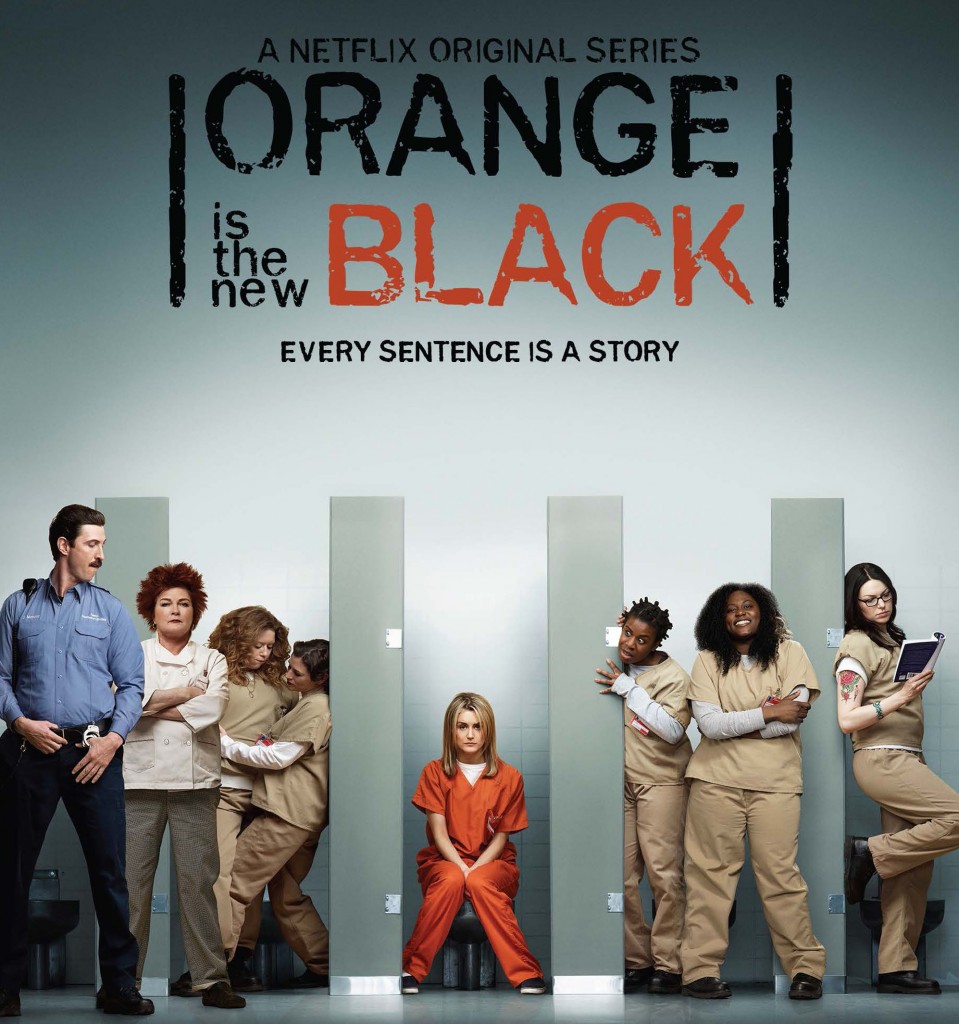
Image Credit: Heroine TV
Given my fascination with what's visually acceptable and what's considered outré or even repulsive about women's bodies, I'm personally shocked that I haven't yet made time to talk about Orange Is the New Black, a semi-new Netflix Original Series. Season 1 appeared en masse on July 11, and I, for one, lost a few days of my life greedily devouring every single hour-long episode. The premise at first gave me pause. An upper-middle-class white woman, Piper Chapman, is incarcerated years after the fact for helping an old girlfriend smuggle drug money across some international borders. Trials and tribulations for her ensue in a women's prison. I was a bit concerned that the show would make light of its own topic and elide very real health, safety and human rights issues facing minority women serving time. However, I was pleasantly surprised at the thoughtful, sympathetic way with which the show attempts to deal with sociopolitical issues. The cycle of poverty, drug use and LGBQT discrimination all get decent airtime, and, though I'm a bit removed from the experience, I can't recall many particular moments that made me cringe (though I do plan on using a later post to discuss the show's treatment of abortion).
Recent comments
2 years 29 weeks ago
2 years 44 weeks ago
2 years 44 weeks ago
2 years 50 weeks ago
3 years 4 weeks ago
3 years 4 weeks ago
3 years 4 weeks ago
3 years 6 weeks ago
3 years 6 weeks ago
3 years 6 weeks ago